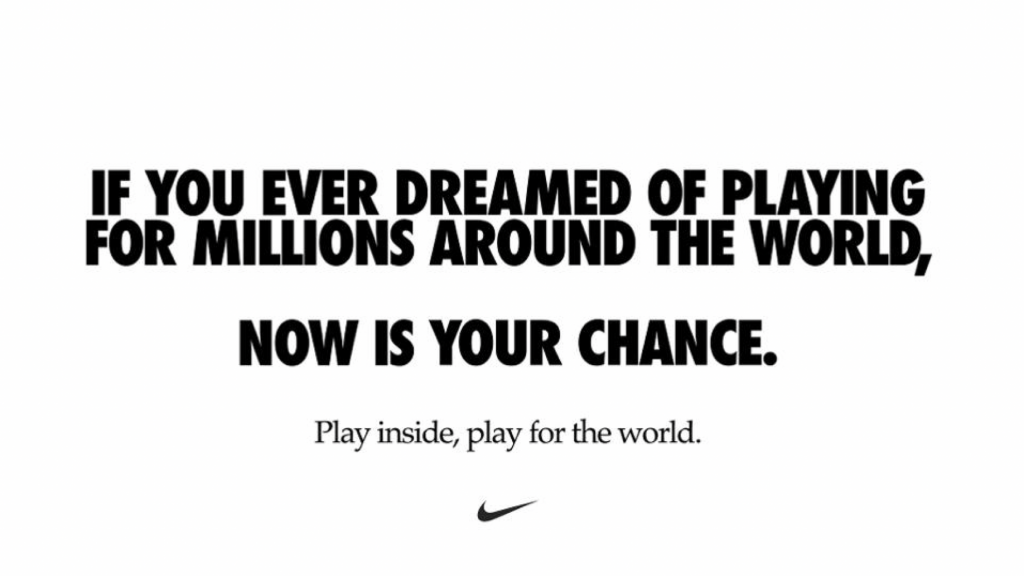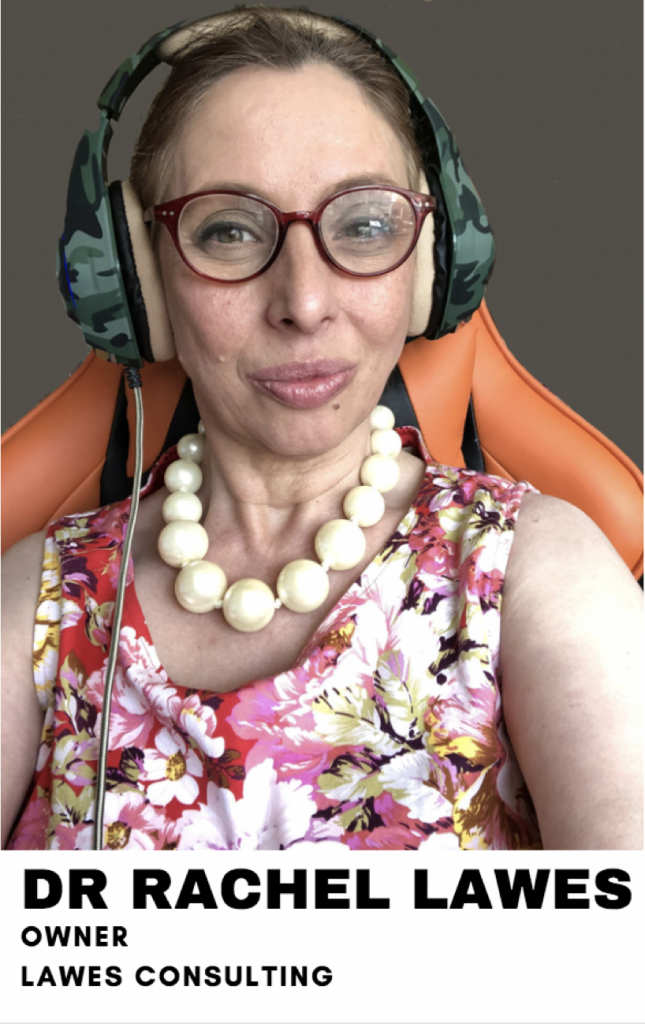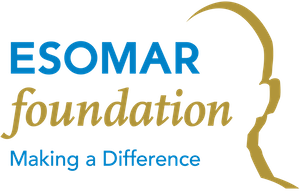

Marketing is hard. This is equally true for organisations and marketers in non-profit and private sectors. It should be easy, but it is difficult. One of the main reasons is because consumers – or patients or the general public, depending on how you want to characterise them – have minds of their own. They have free will and they often frustrate marketers by not doing what is wanted of them. Examples:
- They don’t donate to your charity, but they donate to rival charities.
- Health and Safety notices have to be erected to control their behaviour. People often ignore these notices.
- They keep trying to treat colds with antibiotics.
- They won’t stay indoors under lockdown, even when the risks of coronavirus are explained to them.
This is a tricky situation but in research we do have a way to handle it. There’s a powerful tool in the box of market research methods. It’s great when you are faced with intractable behaviour.
Semiotics is the study of signs and symbols, which importantly includes words, like “antibiotics”, for example. It is a research method which investigates the meaning of signs and examines how they are connected to local, cultural values. In turn, this helps both charitable and profit-making organisations to design better communications.
There are three tips I can share with you today, or we could even call them three stages, as they work in a sequence. They are actions that I take in my daily work as a provider of semiotic research and marketing strategy. You can use them too; here they are.
Step 1. Identify keywords in consumer talk. Clearly, when users of the NHS pressure doctors to prescribe antibiotics, the word “antibiotic” is functioning as a powerful tool in those conversations. In another data set, for example if we look at the public talking about lockdown non-compliance, we might find that words like “party”, “jogging” and even specific terms like “kebab” are all achieving powerful effects in conversation.
Step 2. Identify the function of those words. On inspection of your data, perhaps you conclude that patients are quite prone to feeling disempowered in conversations with doctors and anyone in medical uniform. Maybe the interactions show that speakers are using technical terms such as “antibiotics” as part of an attempt to gain or maintain power, or to get the doctor to take them seriously. Observe the way that the function of words expresses a consumer need.
Step 3. Design marketing communications which acknowledge the need and work with it rather than trying to override it (as with disobeyed Health and Safety notices). A great example is found in a recent ad by Nike, a brand which is seriously affected by the contraction of sport and outdoor games during the pandemic. Nike knows that its customers would rather be playing football outside, which cannot happen, but it also knows why people want to do that. What rewards are they getting? The rewards are things like a sense of achievement, approval and recognition from others. Nike offers consumers its extensive suite of indoor, online training opportunities as a worldwide gathering of athletes: a place where the sought-after rewards are even more abundantly available than they were before the virus.

Semiotics is a research method and it is used by charities, NGOs and other third sector organisations as well as private businesses. It decodes the language and then the behaviour of the public and finds solutions to marketing problems. Semiotics includes a large suite of techniques that any researcher can learn to use and now a self-guided course is available in a new book. “Using Semiotics in Marketing: How to achieve consumer insight for brand growth and profits” (Rachel Lawes, 2020, Kogan Page) is available worldwide now via local book stores, Amazon and koganpage.com
Learn more about this on our latest webinar. You can now access the “Standing Out From The Crowd: NGO Marketing and Semiotics” webinar recording and slides on-demand!
About the Author:

